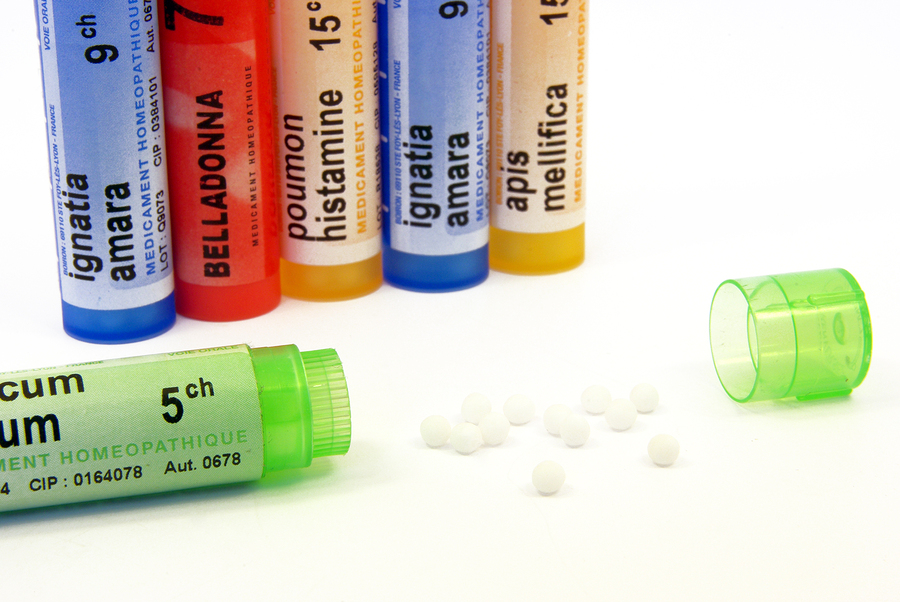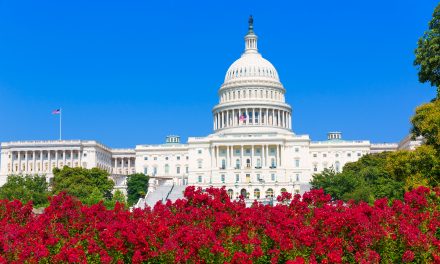Are you a person who is unsure of Natural Medicine, or weary of using herbs? If so, you are not alone. Here in the U.S., we are a society that relies so heavily on medical doctors and pharmaceuticals that it can be pretty scary to stray from the path of what is considered the “norm” and use a different approach to healing.
The interesting thing is, “Alternative Medicine”, is actually not so alternative. In fact, it would be more accurate to call it “Original Medicine”. According to “A natural history of botanical therapeutics”, published in PMC, the modern pharmaceutical industry was born from botanical medicine. Plants have been used as a source of medicine throughout history and continue to serve as the basis for many of the pharmaceuticals we use today.
Today there are at least 120 distinct chemical substances derived from plants that are considered as important drugs currently in use in one or more countries in the world. Several of the drugs sold today are simple synthetic modifications of the natural substance.
Below are some common medications that have been made from botanicals.
ASPIRIN
In 1928, European chemists figured out how to extract salicin from White Willow Bark and turn it into salicylic acid. It became popular as a pain reliever and fever reducer and was then modified to become acetylsalicylic acid or aspirin.
DIGOXIN
Digoxin is a cardiac glycoside that originates from the Foxglove plant. It is prescribed for people with heart failure because it has been shown to strengthen the contraction of the heart muscle and help the heart pump more efficiently. Also, its ability to slow down and regulate the heart is a useful tool for treating arrhythmia (irregular heartbeat).
OPIOIDS (painkillers)
Various medications are derived from the opium poppy or from a product that comes from the plant. Opium derivatives include a vast number of opiates and opioid analgesic medications that are either in raw form from the plant such as Codeine or Morphine or which are synthesized in a laboratory setting such as Oxycodone or Hydrocodone.
Click here to see a more detailed list of drugs derived from botanicals.
Pharmaceutical companies and most doctors lead the general public to believe that herbal medicine is not a valid form of healing, or that it is useless for healing. I fact, I have clients who have told me their doctors have “forbidden” them from using herbal medicine- warning them that it could be harmful. This is a lie and a simple scare tactic because MD’s know nothing about the practice of herbal medicine; it’s a completely different form of medicine that they’ve never studied. And instead of just explaining that they make patients believe that their way is the only way.
Unfortunately, the bottom line is that pharmaceutical companies can’t make money off botanical medicine unless they alter it in a lab, create a synthetic version, and sell it for hundreds, and sometimes thousands, of dollars to patients. It is a very disturbing industry, to say the least.
So, my goal is to reach out to those who are unsure and/or untrusting when it comes to natural forms of healing, as in herbal medicine, and educate them. Herbal medicine has been used successfully for thousands of years and continues to heal without harsh side effects and dangerous interactions.
Be open and research and consult with a practitioner who specializes in botanical medicine. You might be surprised how you can heal the ailments that prescriptions only suppress and save money in the process.
Sources: Chemistry World, University Of Maryland, Botanical.com, A Natural History of botanical therapeutics












